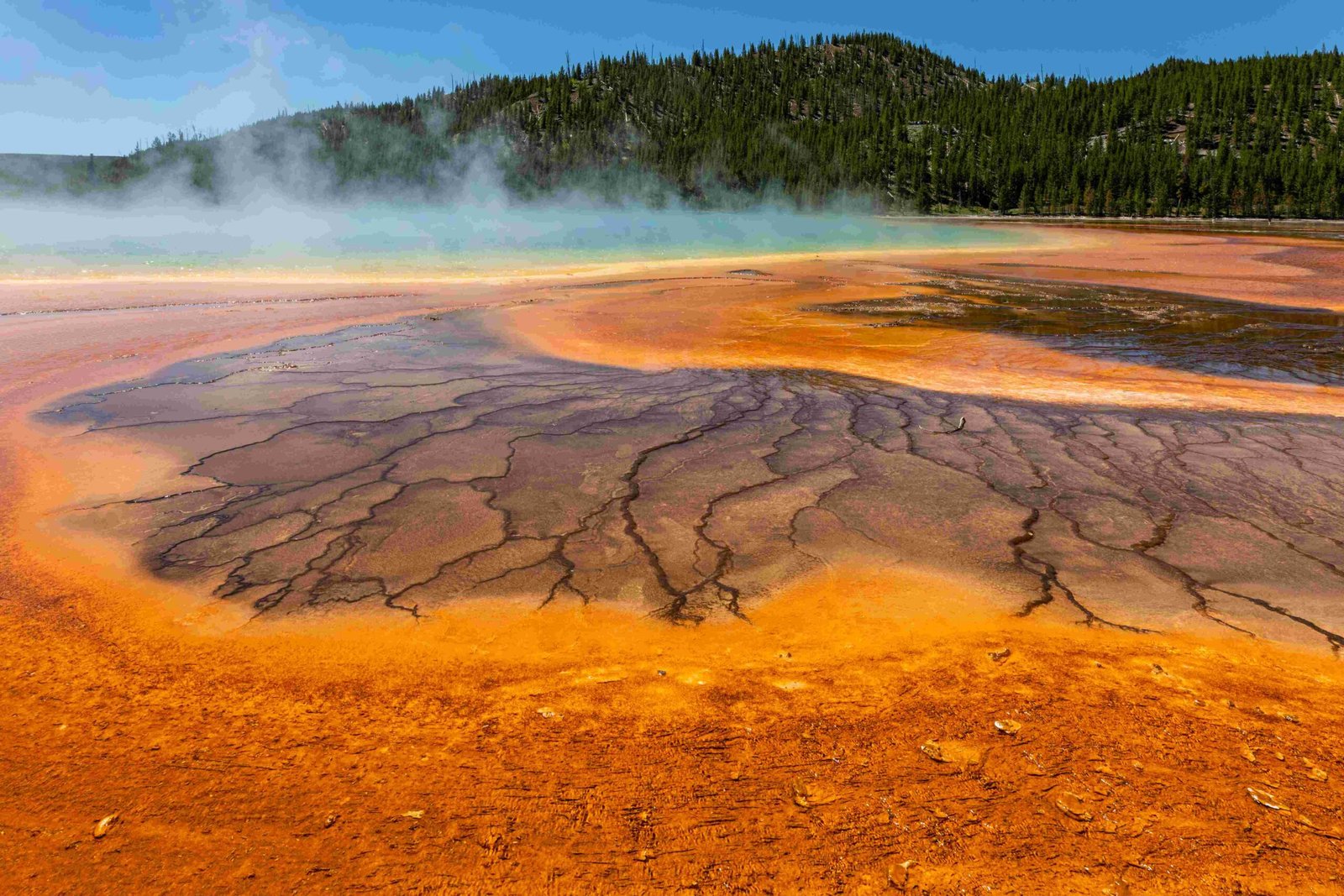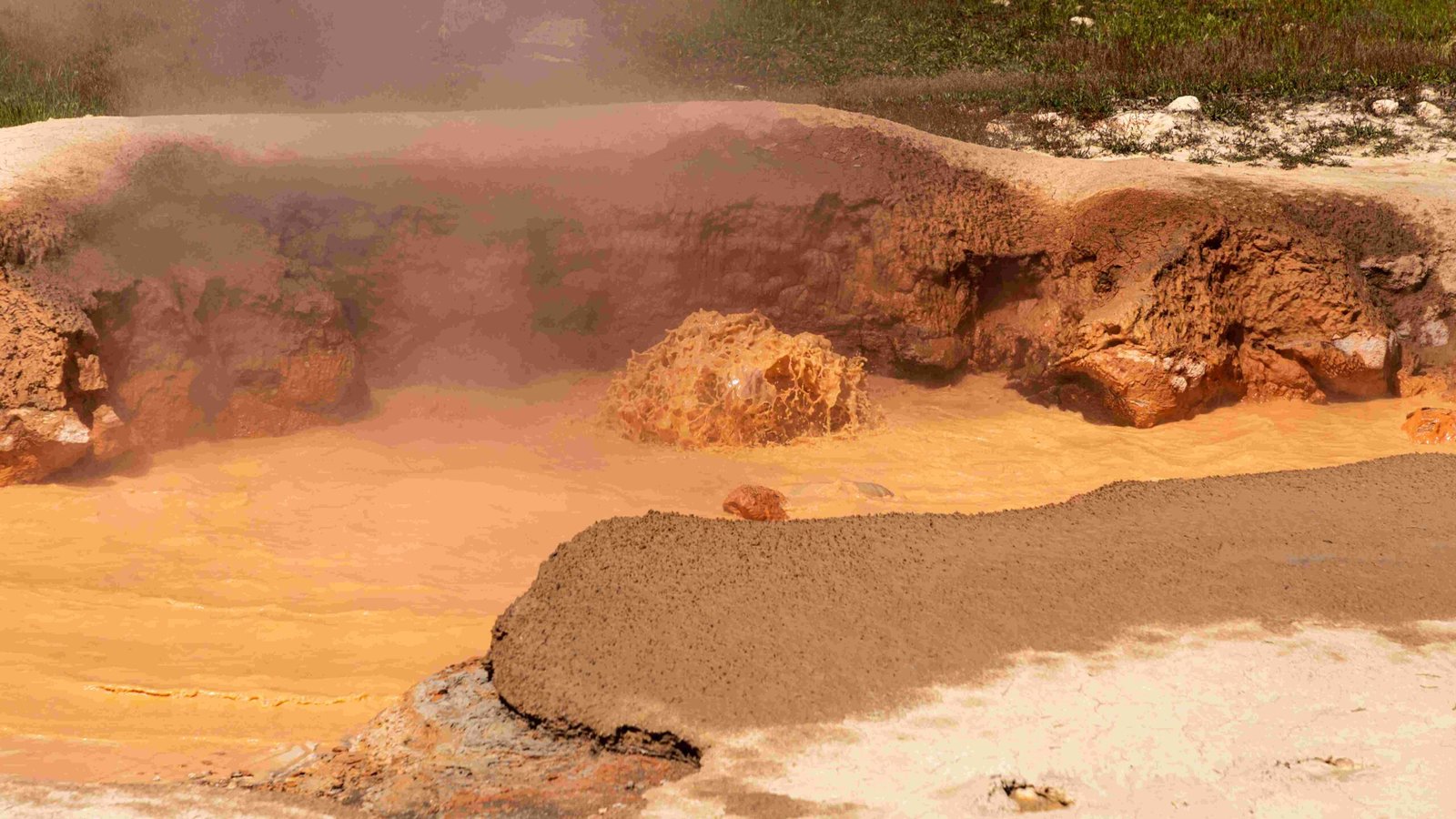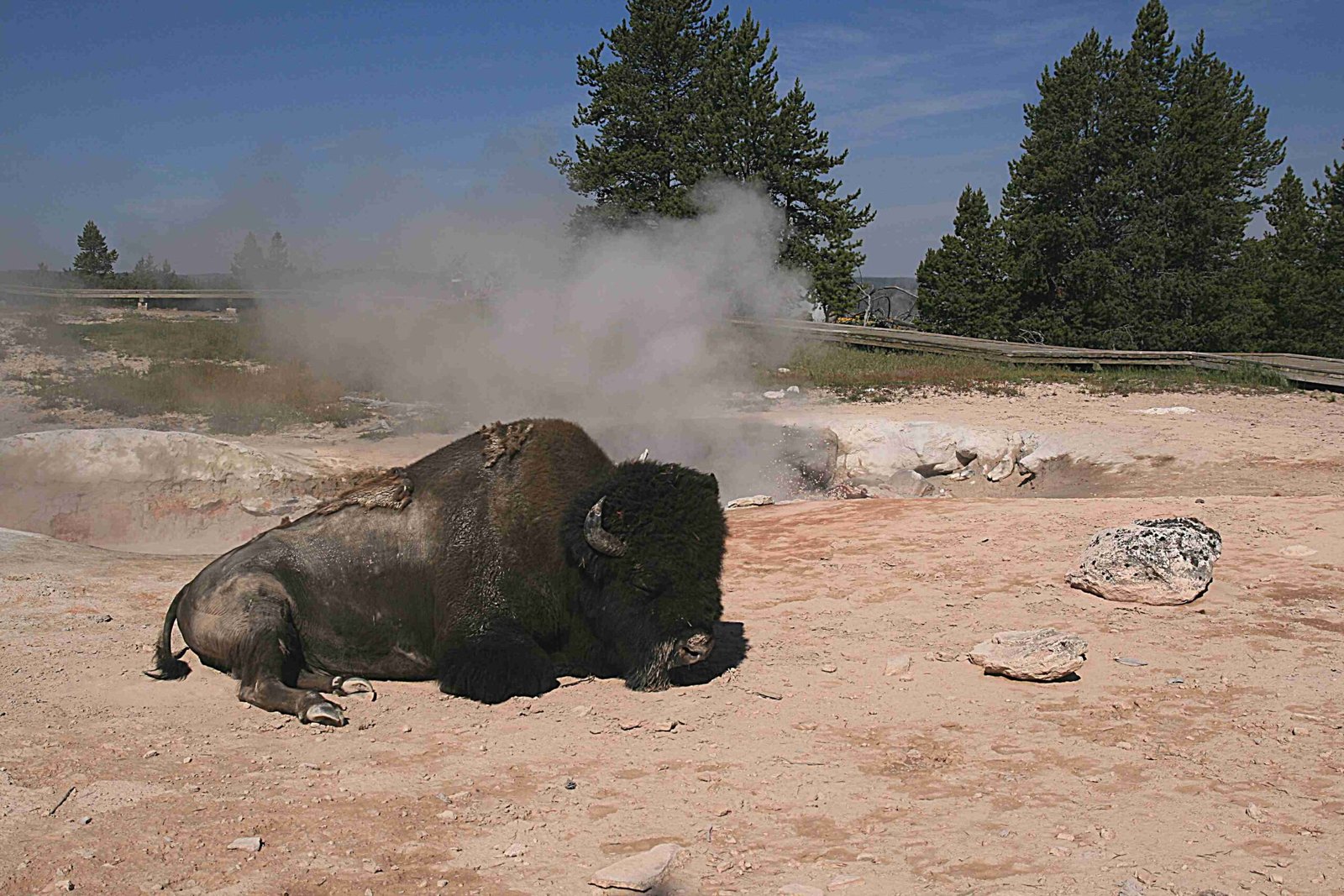The Yellowstone National Park eruption kill zone refers to the area that would be devastated in the event of a supervolcano eruption. This zone extends approximately 40 miles (65 kilometers) from the volcano’s center, encompassing much of the park and its iconic features. The impact would be catastrophic, with lava, ash, and debris burying the immediate area. Beyond this zone, ash fall could affect the entire continental United States, posing significant risks to wildlife, ecosystems, and human populations.
What is the Immediate Kill Zone of a Yellowstone Eruption?

The immediate kill zone of a Yellowstone supervolcano eruption would be devastating and far-reaching. Here are the key points to understand:
- Radius: The area within approximately 40 miles (65 kilometers) of the volcano’s center would be most severely affected.
- Coverage: This zone would encompass a significant portion of Yellowstone National Park.
- Impact: The immediate area would be buried in lava, ash, and other volcanic debris.
- Affected Features: Major park attractions like Old Faithful, the Grand Prismatic Spring, and numerous wildlife habitats would be within this zone.
How Far Would the Ash from a Yellowstone Eruption Travel?

The ash distribution from a Yellowstone supervolcano eruption would be extensive and far-reaching:
- Ash Plume Height: Ash plumes could rise 30 to 50 km into the atmosphere.
- Distribution Range: Ash could potentially travel across the entire continental United States and beyond.
- Depth of Ash Fall: Several centimeters of ash could accumulate hundreds of kilometers away from the volcano.
- Impact Area: The ash fall would affect a vast area, potentially impacting millions of people and causing widespread disruption.
What Historical Data Exists on Past Yellowstone Eruptions?
Yellowstone has experienced three major caldera-forming eruptions in its geological history:
- 2.1 million years ago:
- Largest known eruption
-
Ejected 2,450 cubic kilometers of material
-
1.3 million years ago:
- Another significant eruption
-
Details less well-known than the other two
-
640,000 years ago:
- Most recent major eruption
- Formed much of the current caldera structure
These past eruptions provide crucial data for understanding the potential impact of a future event.
How Would Wildlife Be Affected in the Yellowstone Eruption Kill Zone?
The impact on wildlife in and around Yellowstone National Park would be severe:
- Immediate Area:
- Catastrophic effects on all forms of life
-
Entire ecosystems potentially destroyed
-
Broader Radius:
- Ash fall would impact wildlife habitats and food sources
-
Disruption of migration patterns and breeding grounds
-
Long-term Effects:
- Potential extinction of local species
- Altered ecosystems for years or decades after the eruption
Are There Designated Safety Zones Within Yellowstone National Park?
While there are no specifically designated ‘safety zones’ for a supervolcano eruption within Yellowstone National Park, there are monitoring systems and emergency response plans in place:
- Yellowstone Volcano Observatory (YVO):
- Continuously monitors geological activity
-
Would alert authorities in the event of an impending eruption
-
Emergency Response:
- Evacuations would be coordinated by FEMA and other organizations
-
Effectiveness would depend on timing and severity of the eruption
-
Visitor Information:
- In normal times, the park provides various amenities and accessibility options
- During an eruption scenario, the focus would shift entirely to evacuation efforts
What Challenges Would Tourists Face During a Yellowstone Eruption?
Tourists in Yellowstone National Park would face significant challenges in the event of a supervolcano eruption:
- Evacuation Difficulties:
- Roads likely congested
- Ash fall reducing visibility
-
Hazardous travel conditions
-
Limited Transportation:
- Normal tourist transportation options unavailable
-
Priority given to evacuation efforts
-
Information Scarcity:
- Potential government limitations on information release to prevent panic
-
Difficulty in obtaining accurate and timely updates
-
Accessibility Issues:
- Normally accessible areas becoming dangerous or impassable
- Disruption of all regular park services and facilities
How Does the Yellowstone Eruption Kill Zone Compare to Other Volcanic Eruptions?
To put the Yellowstone eruption kill zone into perspective, let’s compare it with other notable volcanic eruptions:
| Volcano | Eruption Year | Immediate Kill Zone | Ash Distribution |
|---|---|---|---|
| Yellowstone (potential) | N/A | ~40 miles radius | Potentially continental US |
| Mount St. Helens | 1980 | ~15 miles radius | 11 states + Canada |
| Krakatoa | 1883 | ~25 miles radius | Global effects |
| Vesuvius (Pompeii) | 79 AD | ~5 miles radius | Southern Italy |
As evident from this comparison, a Yellowstone eruption would be on a scale far beyond most historical eruptions, with a much larger immediate kill zone and more extensive ash distribution.
What Monitoring Systems Are in Place for the Yellowstone Supervolcano?
The Yellowstone Volcano Observatory (YVO) is the primary monitoring system for the Yellowstone supervolcano. It employs various technologies and methods:
- Seismometers:
- Monitor earthquake activity
-
Can detect changes in underground magma movement
-
GPS Stations:
- Measure ground deformation
-
Indicate potential magma chamber inflation
-
Gas Monitors:
- Analyze changes in gas emissions from the ground
-
Can signal increased volcanic activity
-
Satellite Imagery:
- Provides broad-scale observations of the area
-
Detects large-scale changes in land surface
-
Temperature Sensors:
- Monitor thermal features like geysers and hot springs
- Can indicate changes in underground heat flow
These systems work together to provide a comprehensive picture of the volcano’s activity, allowing scientists to detect any signs of an impending eruption.
How Would a Yellowstone Eruption Affect Climate and Agriculture?
A Yellowstone supervolcano eruption would have far-reaching effects on climate and agriculture:
- Global Cooling:
- Ash and sulfur dioxide in the atmosphere could block sunlight
-
Potential drop in global temperatures by several degrees
-
Crop Failures:
- Reduced sunlight and cooler temperatures would affect crop growth
-
Ash fall could contaminate soil and water sources
-
Livestock Impact:
- Ash inhalation could harm animals
-
Disruption of feed supplies and grazing lands
-
Long-term Effects:
- Climate disruption could last for years or decades
- Potential global food shortages and economic disruption
The scale of these effects would depend on the size and duration of the eruption, but even a relatively small eruption could have significant global impacts.
In conclusion, the Yellowstone National Park eruption kill zone represents a scenario of immense destructive potential. While the likelihood of such an eruption in the near future is low, understanding its possible impacts is crucial for scientific research, emergency preparedness, and public awareness. The monitoring systems in place provide our best defense against being caught unprepared, should such an event ever occur.

